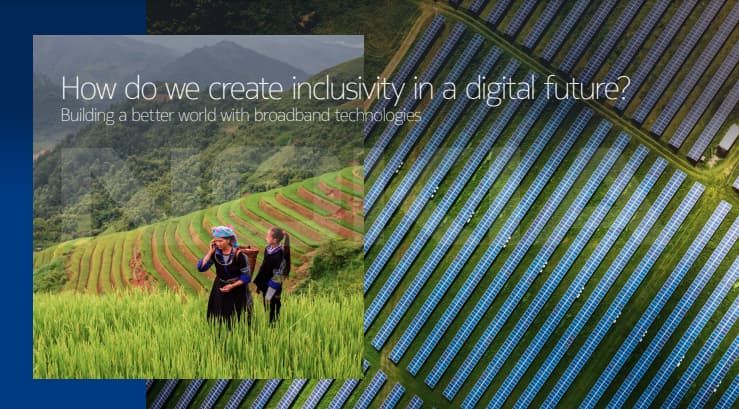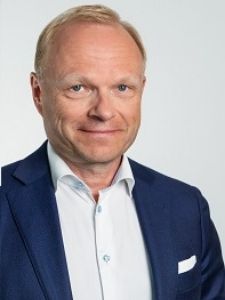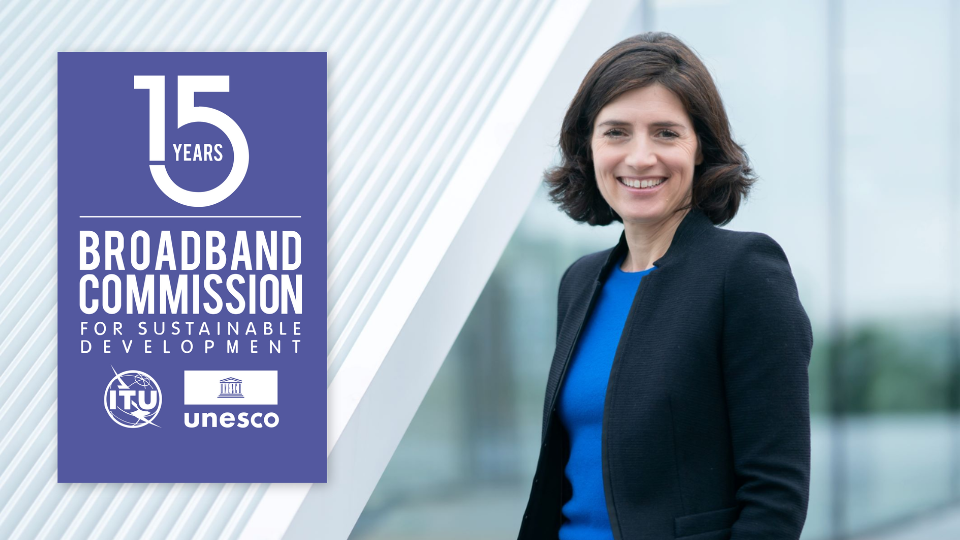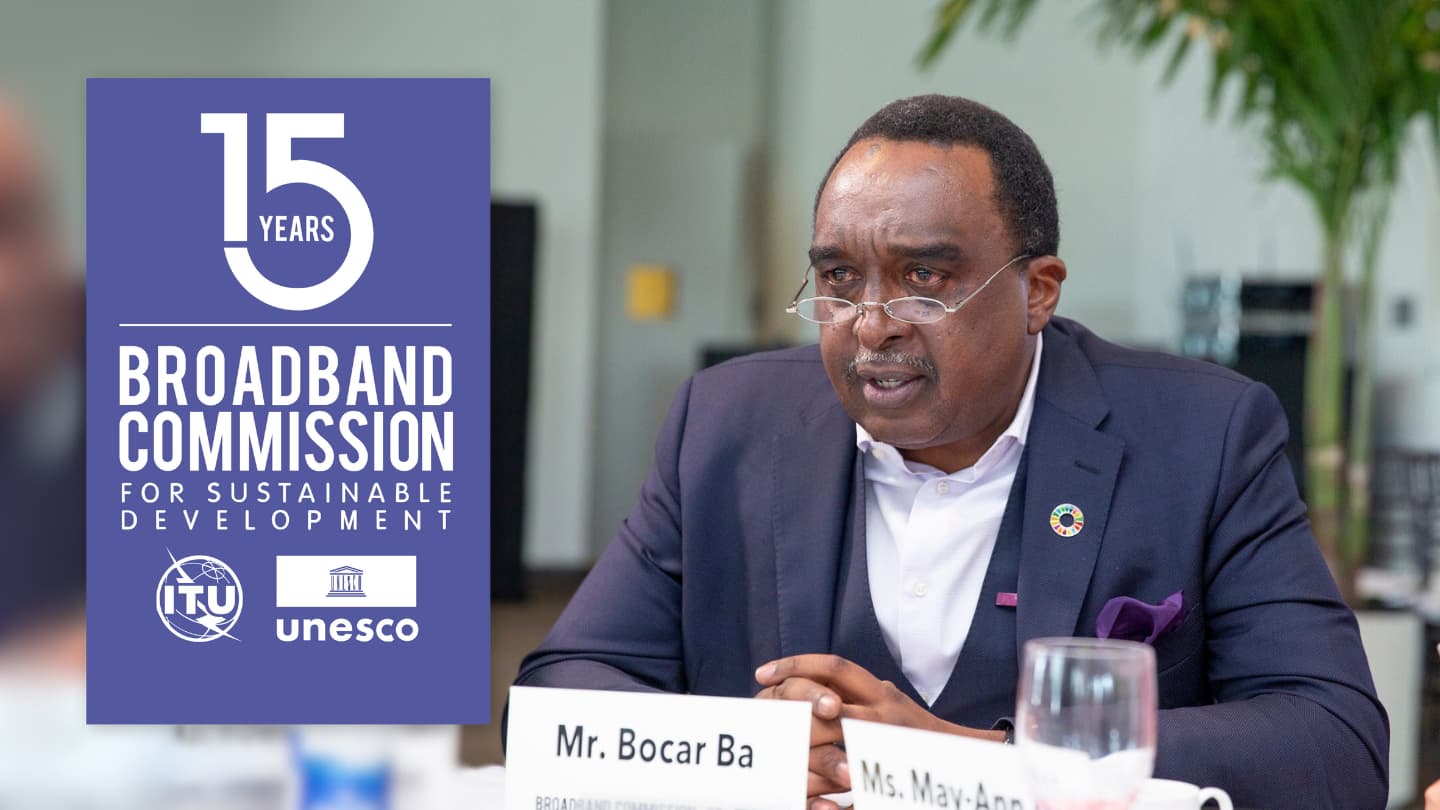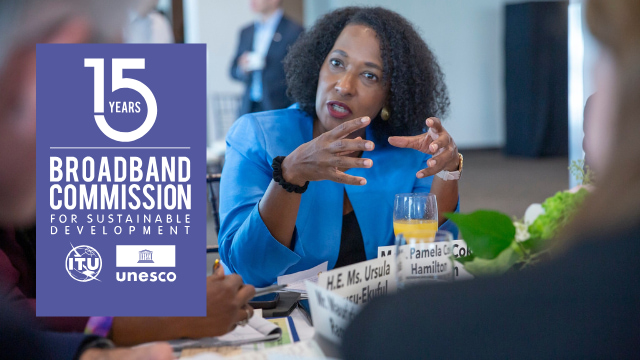This article was contributed by Nokia.
As we celebrate the UNESCO Day of Universal Access to Information, Nokia is highlighting ways to bridge the digital divides globally.
Connectivity is increasingly understood as critical to everything. But there remain gaping holes in universal coverage. These have become ever more visible during the recent years.
During the pandemic, many activities were ceased and commuting, and travel were restricted in many countries. Many were still able to work, learn, access public information, stream entertainment and socialize online from the safety of their homes. But those who lacked digital connectivity were unable to access any of these resources and even those living in city centers reported feeling isolated and their physical and mental health suffered.
Digital connectivity is not just the glue holding the economy together; it’s crucial to social cohesion too. And that is why commercial viability alone can no longer be the gating criterion for broadband rollout.
Extending the physical infrastructure also needs to go hand in hand with ensuring accessibility in terms of digital literacy and skills for all social groups. Without it we can only tap into a fraction of our socio-economic potential.
Seven fault lines of the digital divide – and how to overcome them
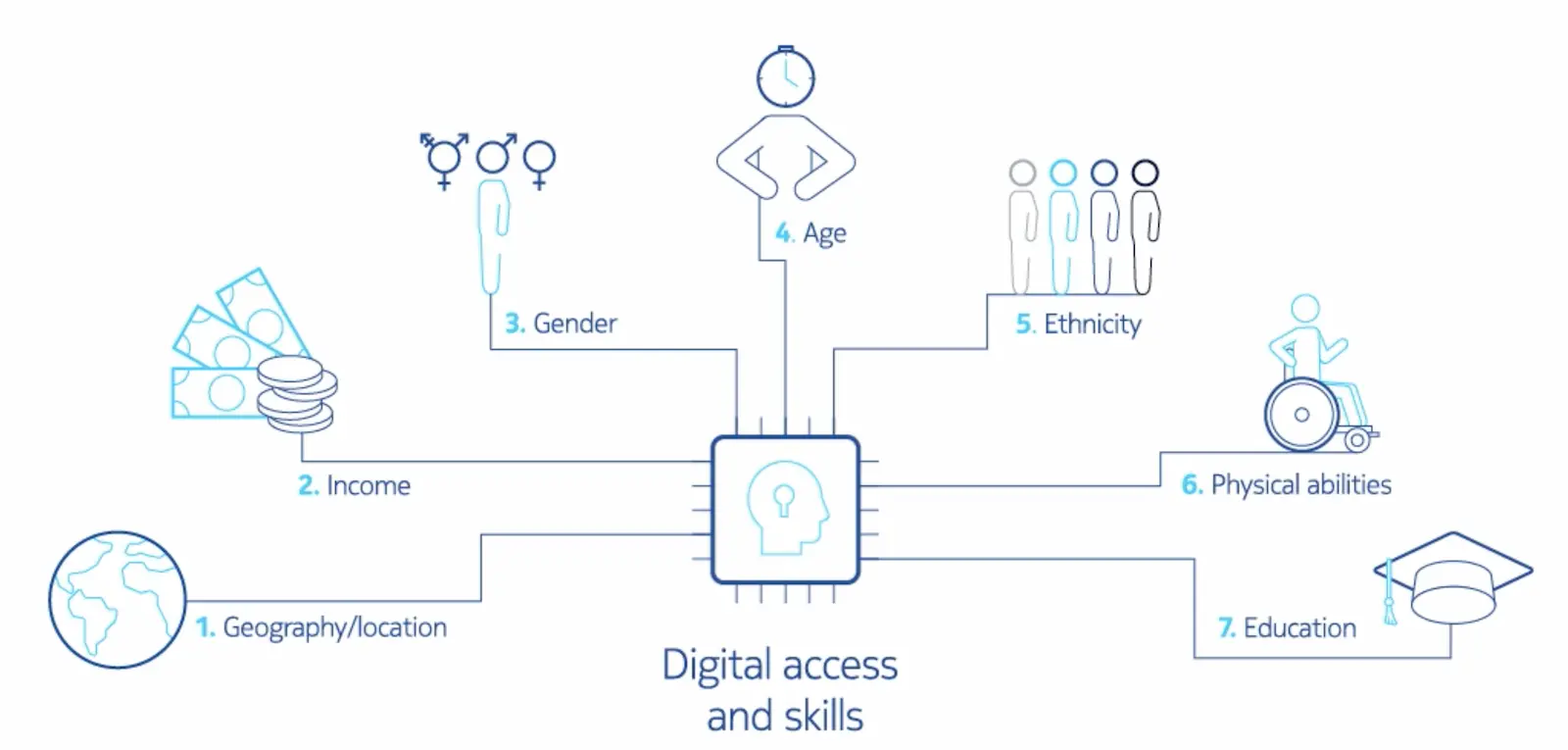
The digital divide cannot simply be defined in terms of geography or location. The presence of a high-speed broadband network outside your front door doesn’t guarantee participation in the digital economy. A range of issues determine whether you can access, understand and use the available services. These include, but are not limited to, level of income, gender, ethnicity, age, physical abilities and literacy. It’s worth noting that groups experiencing these issues often face multiple barriers for example, indigenous communities are more likely to live in remote areas and have lower than average incomes.
When these fault lines are tackled, the result generates a more inclusive society and extends civic participation and equality of opportunity. While developing markets can gain socio-economic benefits by ensuring that women and youth are included in the digital economy, developed markets need to look to the elderly, low income and indigenous communities and the physically impaired to ensure that no one is left behind.

